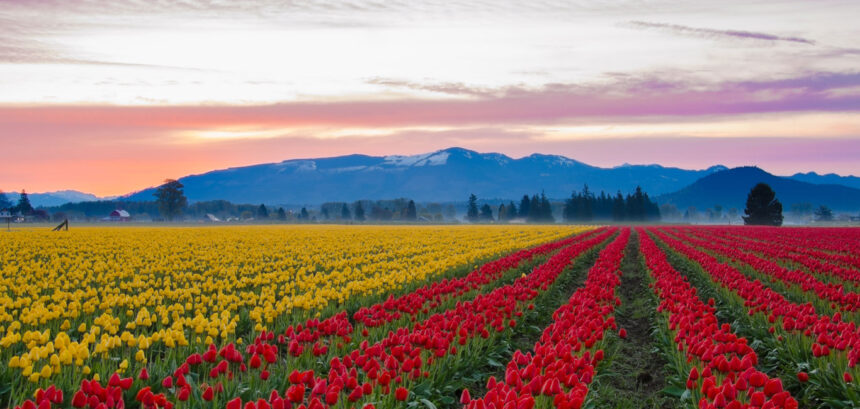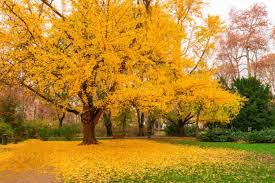Revenue Goldmine for Jammu and Kashmir
Nestled in the picturesque foothills of the Zabarwan Mountains, the Indira Gandhi Memorial Tulip Garden has emerged as a significant revenue source for the Jammu and Kashmir government. In 2024, the garden generated an impressive ₹14.35 crore in revenue, marking an all-time high since its inauguration in 2007 by then Chief Minister Ghulam Nabi Azad. This remarkable achievement underscores the garden’s growing importance as a vital component of the region’s tourism strategy.
Historically, the garden has attracted notable visitors, including UPA Chairperson Sonia Gandhi, who was among the first to enter in 2007, purchasing a ticket for ₹50 out of her own pocket. This early endorsement set a precedent for the garden’s future popularity. According to official documents accessed by Kashmir News Observer (KNO), the garden’s revenue has shown a steady upward trajectory over the years. It generated ₹2.49 crore in 2020-21, followed by ₹6.70 crore in 2021-22 and ₹13.46 crore in 2022-23. The latest financial year saw a remarkable increase to ₹14.35 crore, with revenue streams coming from entry tickets, permissions for videography and the sale of plant material.
The Tulip Garden is not just a visual spectacle; it showcased an astounding 1.7 million flowers this year, including 73 varieties of tulips, hyacinths, daffodils and other vibrant spring blooms. The 2023-24 season witnessed an unprecedented footfall of 4.46 lakh visitors—comprising local residents, national tourists and international travelers—marking an all-time high in the garden’s history and solidifying its status as a premier tourist destination.
Officials attribute this record-breaking footfall and revenue to several factors: improved infrastructure, enhanced marketing strategies and the growing reputation of the Tulip Garden as a must-visit location. “The garden’s strategic location adds significantly to its appeal,” stated an official from the Department of Floriculture. “We are hopeful about attracting even more visitors this season than last year.”
Cornerstone Event for Tourism
The Tulip Show has become a cornerstone event for tourism in the Kashmir Valley, providing visitors with a glimpse of the region’s natural beauty while also serving as a platform for local businesses to thrive. Hotels, transport services and handicraft vendors have all benefited from the influx of tourists drawn to this floral wonderland.
Beyond its economic impact, the Tulip Garden plays a crucial role in extending Jammu and Kashmir’s tourist season. Established with an initial investment aimed at promoting horticulture and tourism, it began with just 50,000 tulip bulbs imported from Holland. Over time, it has expanded significantly in both size and variety. Today, it spans approximately 30 hectares on the foothills of the Zabarwan Range, overlooking the serene Dal Lake.
The Tulip Garden has also become a favored location for film shoots and photography sessions due to its breathtaking scenery. The vibrant colors and stunning backdrop attract filmmakers and photographers looking to capture Kashmir’s natural beauty.
Additionally, Kashmir’s gardens and parks have seen an influx of visitors overall; between April and October 2024 alone, approximately 5.6 million people visited these attractions. Local visitors accounted for 57% of this total—a testament to how integral these sites have become to both residents and tourists alike.
Indira Gandhi Memorial Tulip Garden
The Indira Gandhi Memorial Tulip Garden is not just a garden; it is a flourishing symbol of Jammu and Kashmir’s potential for economic growth through tourism. As it continues to bloom each season with vibrant colors and increased visitor numbers, it stands as a testament to nature’s beauty while also serving as an economic lifeline for local communities engaged in hospitality and related industries. With ongoing efforts to enhance infrastructure and marketing strategies further solidifying its status as a premier destination, the future looks bright for this floral gem in the heart of Kashmir.







